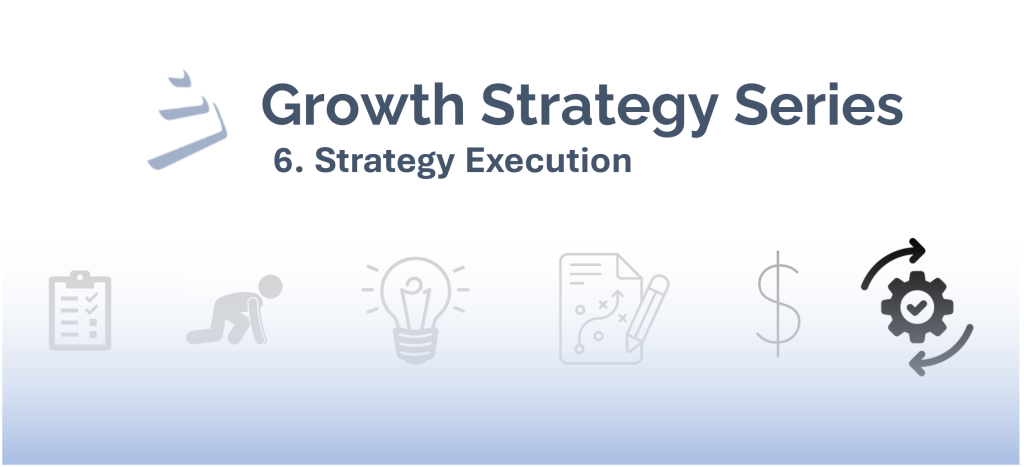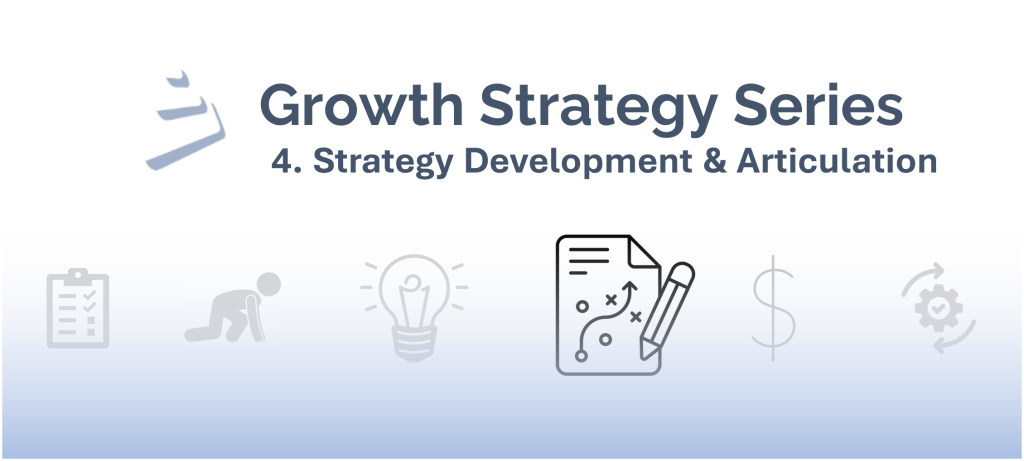Imagine traveling from San Francisco to Los Angeles in about 30 minutes. That is the idea behind Elon Musk’s Hyperloop, a transportation concept that will levitate and move “pods” at speeds of up to 760 mph. The proposed cost of a ticket down the West Coast? Twenty dollars. To some, that price will certainly sound exciting. But to me, as a business strategist, I see this pricing approach as a mistake that will compromise enormous value.
Musk’s initial ticket price estimate was determined using cost-based pricing, which simply considers fixed and variable costs and then adds a certain percentage markup. However, this is an inferior strategy – especially for a unique innovation – because it limits a product from reaching its full potential and leaves money on the table. A better strategy, and one that I believe would better reflect a more realistic price, is value-based pricing that sets prices based on consumers’ perceived value of a product, allowing a company to maximize returns and better optimize revenue.
A simple value-based pricing exercise quickly shows that $20 a ticket is an underestimation. Presently, the two most popular transportation services from San Francisco to Los Angeles are air and rail; the decision to choose one over the other is largely driven by total travel time. In other words, travelers who choose to pay a premium to travel by airplane, as opposed to travelling by train, do so because air travel is faster. Similarly, this willingness to pay for “travel time saved” can be extrapolated to travel by Hyperloop.
| Flight | Train | Difference | |
| Travel Time (hrs) | 3* | 10 | 7 (travel time saved) |
| Weekday Cost | $109 | $62 | $48 |
| Weekend Cost | $194 | $65 | $129 |
| Premium $/travel hour saved on weekday | $7 |
| Premium $/travel hour saved on weekend | $18 |
| Hyperloop | Flight | Difference | |
| Travel Time (hrs) | 0.5 | 3* | 2.5 |
| Premium on weekday | $17 | – | – |
| Premium on weekend | $46 | – | – |
| Weekday Cost | $126 | $109 | – |
| Weekend Cost | $240 | $194 | – |
* Factors in the need to arrive early to an airport, the time spent taxiing after landing, and the fact that airports are not usually located within a city
Based on the dollar value attributable to time saved when travelling, a Hyperloop ticket could be between 15-25% greater than a plane ticket depending on day.
However, even these prices are unrealistically low. During its first years of operation, the Hyperloop will be a futuristic and, most importantly, a one-of-a-kind service that many business travelers and high-net-worth consumers would be more than willing to pay ultra-premium prices for. At the outset, the value of the Hyperloop to consumers will be the uniqueness of the experience and the status of being one of the few early adopters who had the privilege of riding it first. Take the iPhone for example. When released in 2007, the iPhone was $599 with a two-year contract. The Blackberry Pearl, one of its “competitors” at the time, was $199. Apple put a price on innovation that made its phone cost 3x that of its competitors. We all know what happened next.
Although I do not question the viability of a $20 ticket, I believe that a ticket on the Hyperloop can command a much higher price tag and will do so due to a variety of reasons. But, what if I am wrong? What if a ticket on the Hyperloop from San Francisco to Los Angeles is offered at $20? Could passenger airplanes and trains survive? Maybe that’s the point.


